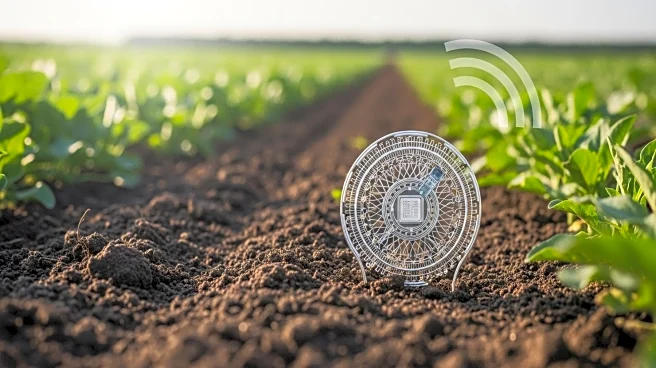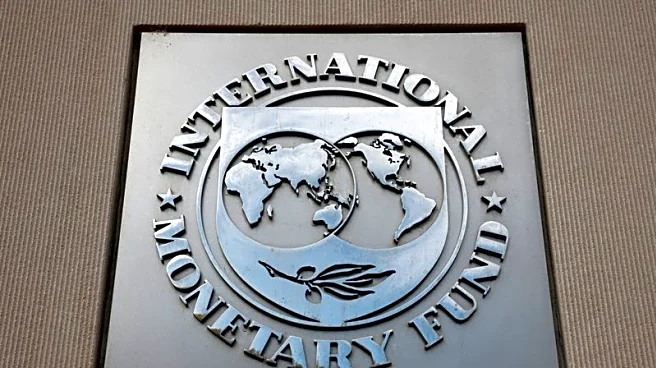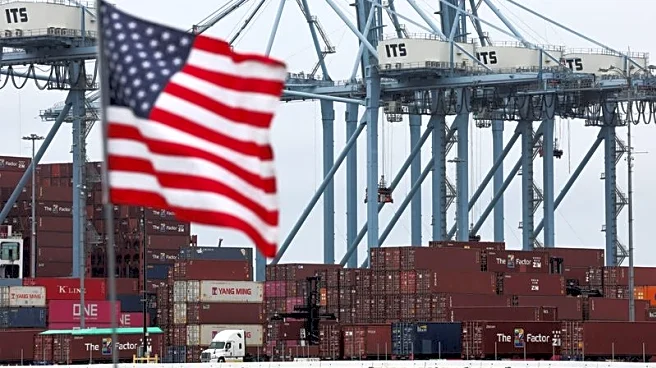What's Happening?
The global market for soil health nano-sensors is projected to grow significantly, reaching over USD 3 billion by 2035. This growth is driven by advancements in precision agriculture and smart farming technologies. Nano-sensors, which provide real-time soil analysis, are increasingly being adopted by farmers to optimize irrigation, fertilizer use, and resource management. The market is expected to expand steadily, with in-ground probe systems and IoT-enabled devices playing a central role in this transformation. Established companies and new entrants are contributing to technological innovation, offering solutions that enhance soil health monitoring and improve crop productivity.
Why It's Important?
The expansion of the soil health nano-sensors market represents a shift towards more sustainable and efficient agricultural practices. By enabling precise soil management, these technologies can help farmers increase yields while conserving resources, addressing global food security challenges. The integration of nano-sensors with AI-driven analytics offers predictive insights that can transform decision-making in agriculture, promoting environmental stewardship and reducing the carbon footprint of farming operations.
What's Next?
The market is expected to see accelerated adoption of connected sensor networks, particularly in the second half of the forecast period. Government-led agricultural modernization programs in countries like China, India, and the U.S. are likely to drive further growth, providing financial incentives for the adoption of smart farming technologies. Manufacturers are focusing on improving sensor durability and connectivity performance, which will be crucial for widespread deployment across diverse farm environments.
Beyond the Headlines
The development of soil health nano-sensors highlights the growing importance of data-driven agriculture. As these technologies become more integrated with farm management platforms, they offer opportunities for farmers to enhance productivity and sustainability. The market's growth also reflects broader trends in agricultural innovation, with implications for food systems and environmental policy worldwide.












